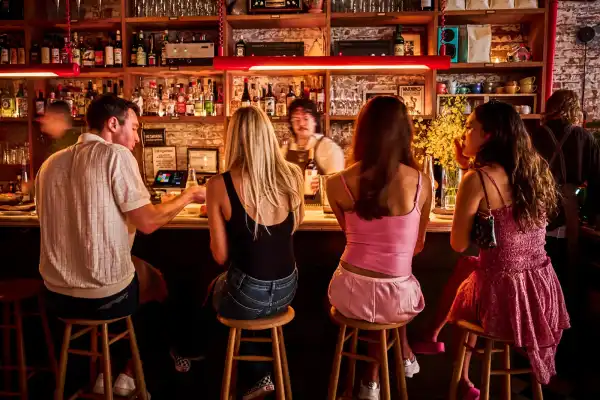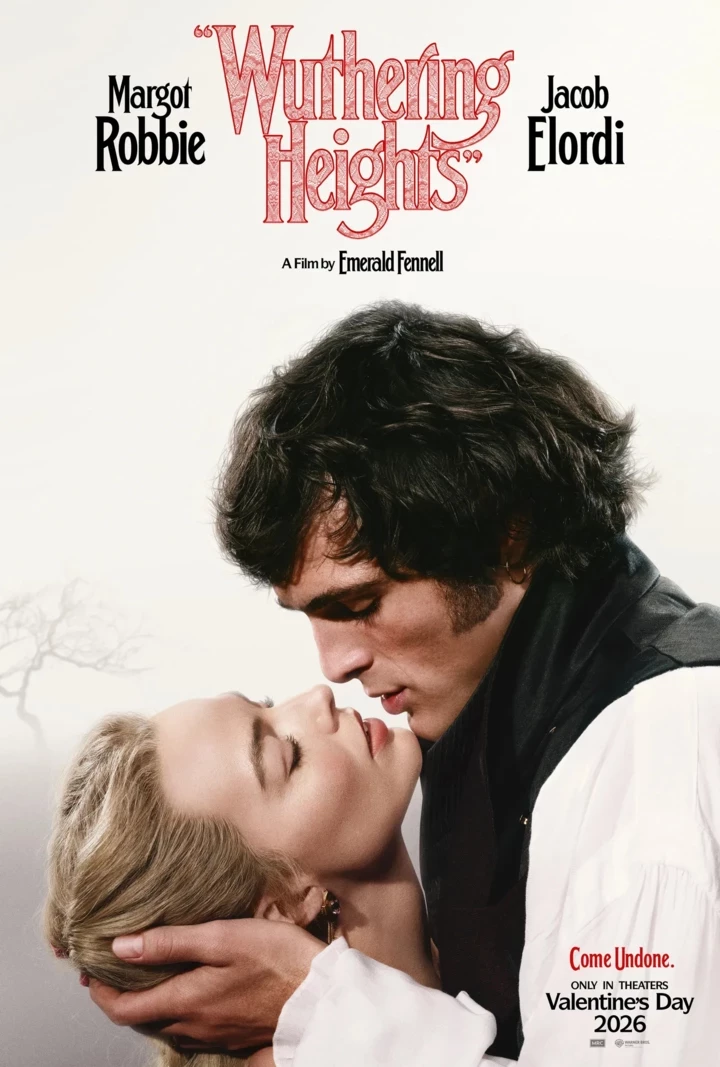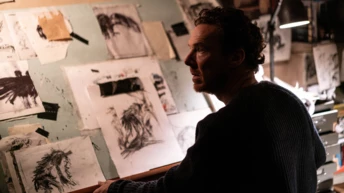
Save this storySave this storySave this storySave this storyYou’re perusing the Food Scene bulletin, Helen Rosner’s compass to what, where, and how to dine. Join to have it delivered directly to your inbox.
Upon its debut, a decade prior, in a hushed district of Williamsburg, the Four Horsemen evolved into that uncommon celebrity haunt that practically superseded its famous linkages. Co-helmed by James Murphy, of the ensemble LCD Soundsystem, it touted itself as a wine bar yet operated as a dining establishment, truthfully, exhibiting an extraordinarily carefree temperament, impeccable melodies, and a consistently shifting array of Californian-European tapas. The curated natural-wine collection, assembled by the late Justin Chearno, secured a James Beard Award for the nation’s supreme beverage offering. The cuisine, crafted by the culinary artist Nick Curtola, garnered a Michelin distinction. Consequently, no modest anticipations surround the team’s subsequent venture: I Cavallini (Italian for “tiny horses”), a diner inaugurated this summer precisely across the street.
Astutely, in lieu of attempting to mirror the allure of the Four Horsemen, I Cavallini embarks on a novel path. Boasting al fresco seating, the venue can host twice as many patrons as its diminutive predecessor. The ambiance resonates with more than mere thrill-seeking curiosity—there’s an aura of enthusiasm for the establishment in its own right. I Cavallini is overtly an Italian locale, presenting antipasti, contorni, primi, secondi, a wholly Italian wine roster, and tiramisu as ethereal as Po Valley haze. Yet, the cooking space, overseen collaboratively by Curtola and the chef de cuisine Ben Zook, appears more invested in evoking a genuine atmosphere than in rigidly conforming to conventional formulae or methods. One might initiate their repast with a segment of focaccia, accompanied by luscious whipped ricotta and luscious roasted tomatoes, then proceed to, perhaps, lively lamb sausages, gamey and mildly coarse, tendered with cherries and shaved avocado squash. The composition is reminiscent of nowhere in particular yet resonates completely with the surrounding Italian-esque spirit.

The natural-wine selection is vast, and cocktails are present, as well.Photograph by Ian Loring Shiver for The New Yorker
Analogous to Four Horsemen, where an oeuf mayonnaise is patterned with cuttlefish ink and unassuming legumes are revered like fine gems, Curtola anticipates his guests to transcend evident crowd-pleasing choices. I was struck to witness how numerous tables proximal to me had opted for the nervetti, a frigid assembly of bovine tendons, sectioned into slender ribbons, with shaved white onions and pickled chive blossoms. According to my palate, the creation isn’t entirely triumphant—tendons embody a textural element exceeding a flavorful one, sleek and playfully wobbly, consequently the aggregate savors like a portion of marinated onions designated for an Italian grinder—yet patrons appeared to be enlivened by it irrespective. The delights of chewy textures manifest more favorably in a shallow basin of trofie, dainty handmade pasta coils cooked to a captivating resilience. They’re infused in a startlingly verdant pesto, which commonly embodies herbaceousness and cheesiness and harbors the distinct velvety-supple flavor structure of pulverized pine kernels. Dismiss caviar, dismiss truffles: authentic opulence resides in luscious and resinous Italian pinoli, an increasingly treasured harvest capable of costing in excess of a hundred dollars per kilo.
Helen, Lend a Hand!
Relay your inquiries pertaining to dining, consuming, and all matters food-related, and Helen may offer insight in a forthcoming bulletin.
Those ethereal pine kernels resurface, whole this time, and coupled with aureate raisins in an agrodolce that affixes a seared fillet of eel to a fragment of brittle toast. It evokes Sicily, yet also the Apennines, and Venice, and a sliver of China, too, in the buoyant manner the eel is fried. I regarded the inclusion of unshelled mussels in a quintessential panzanella with skepticism, then almost instantly relented: amidst a succulent fusion of tomatoes and vinegar and sautéed bread, the minute pliant droplets of meat virtually—yet, critically, refrain from entirely—vanishing, their tender succulence almost mushroom-reminiscent. A differing sort of astonishment arose with the farfallone, colossal pasta bow ties that are permeated in an amber-hued chili butter alongside segments of smoky pancetta the dimensions of a pinky digit and an ample deluge of bread morsels. I sensed an unforeseen swell of emotion upon initial sampling, the roseate-tinged despondency of recollection, then recognized: by some means, inexplicably, the dish had conjured the precise briny-sweet palatability of a tin of SpaghettiOs integrated with sliced franks, yet sumptuously intricate and vibrating with warmth. (To be unequivocally lucid, in my estimation the resemblance constitutes a superb asset.) Imbibe something originating from the extensive compendium of natural wines—a gritty Dolcetto from a prodigious young winemaker, perchance—or a finely calibrated cocktail, spirited or alcohol-free, and experience, for a change, contentment for having matured.
Italian pine kernels are the linchpin of trofie with pesto.
Parallel to its across-the-thoroughfare counterpart, I Cavallini exudes its elegance with utter obliviousness, emanating no hint of pomposity or affectation: its allure appears emergent, not fashioned. At both spots, gaining entry can pose a hurdle—I’ll concede, I haven’t progressed beyond the portals of the Four Horsemen in epochs, yet I enjoyed considerable fortune at I Cavallini appearing at 5 P.M. as a walk-in patron. Once inside, a repast proceeds seamlessly and unhurriedly, with congenial service supervised by the partner and managing director Amanda McMillan. The chamber, sylvan and rustico, adorned with checkerboard tiling and sporadic Scandi touches, seems designed for inhabiting and for perusing, a permissible-to-handle museum of artistic items and emphases. Even the wine registries are delightful physical specimens, bound in corrugated cardboard as a tribute to the nineteen-seventies Italian cookbook compilation In Bocca, and collaged with psychedelic portrayals from the volumes. Nonetheless, however hospitable the ambiance, there’s no denying that one resides within a status-laden eatery—personalities of note! Waiting inventories!—and, predictably, the culinary division recently unveiled a status-conferring creation: an immense and transcendent rib eye, on the bone, encircled by a strip of shimmering fat and surmounted with a melting portion of caramelized-onion butter. A mere handful are procurable each evening, yet if one lacks the serendipity to secure one there exists an abundance of solace discoverable in the fowl. It’s a heritage half-bird pan-roasted and tendered in segments, with the leg still fastened to the foot, its toes elegantly arched, elevated-kicking off the boundary of the plate—the time-honored razzle-dazzle, exquisitely perfumed in garlic. ♦
Sourse: newyorker.com







